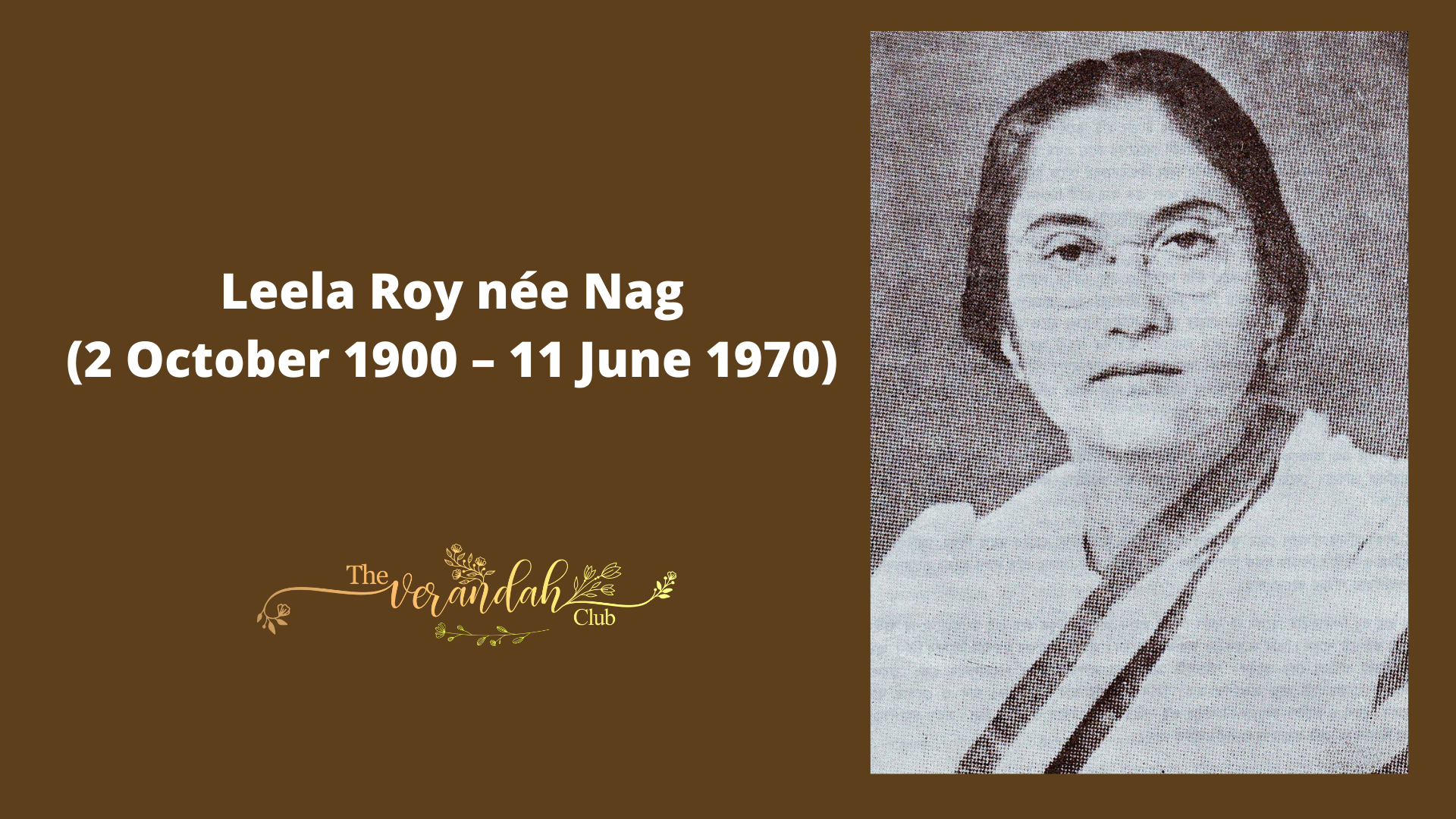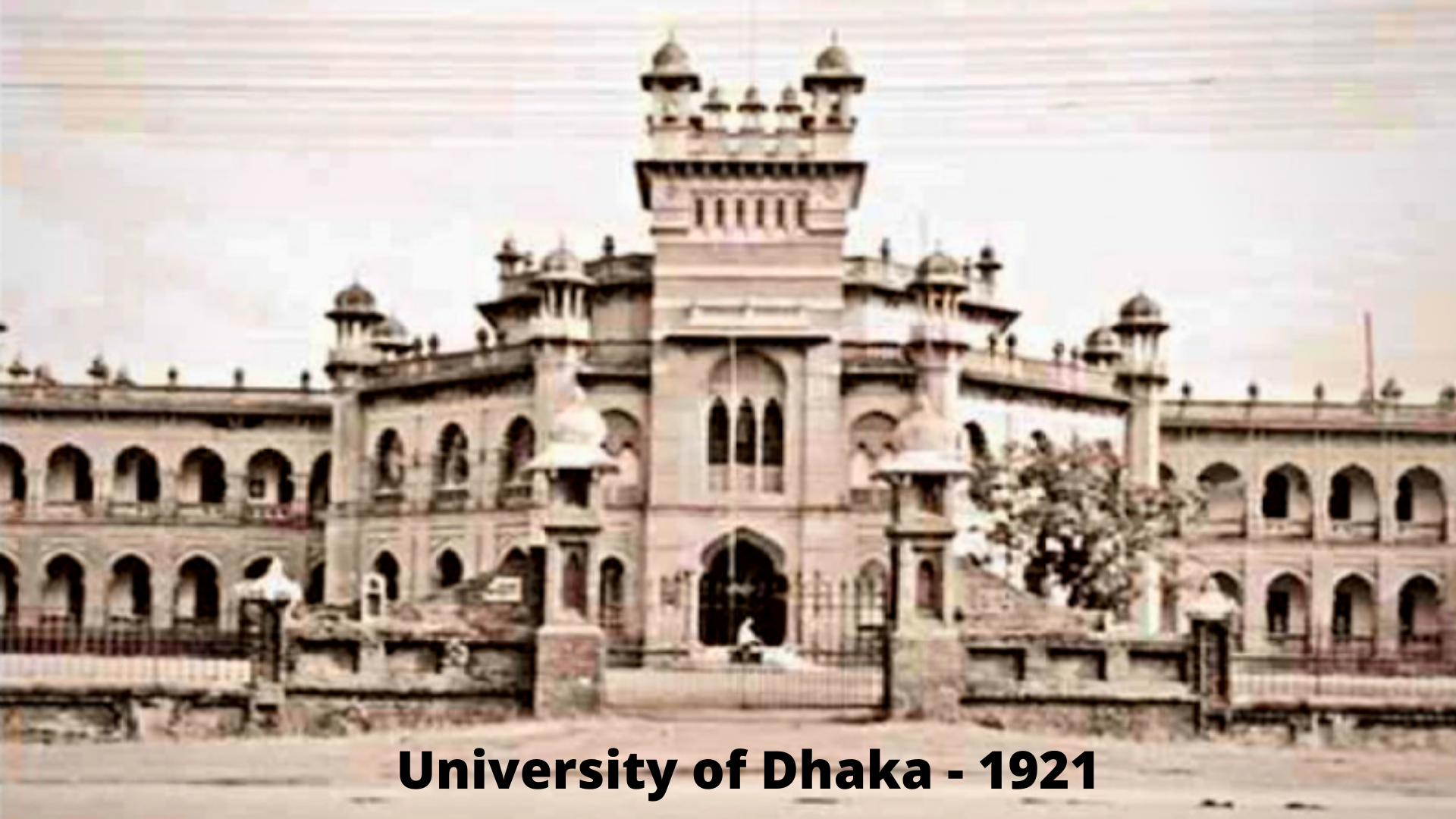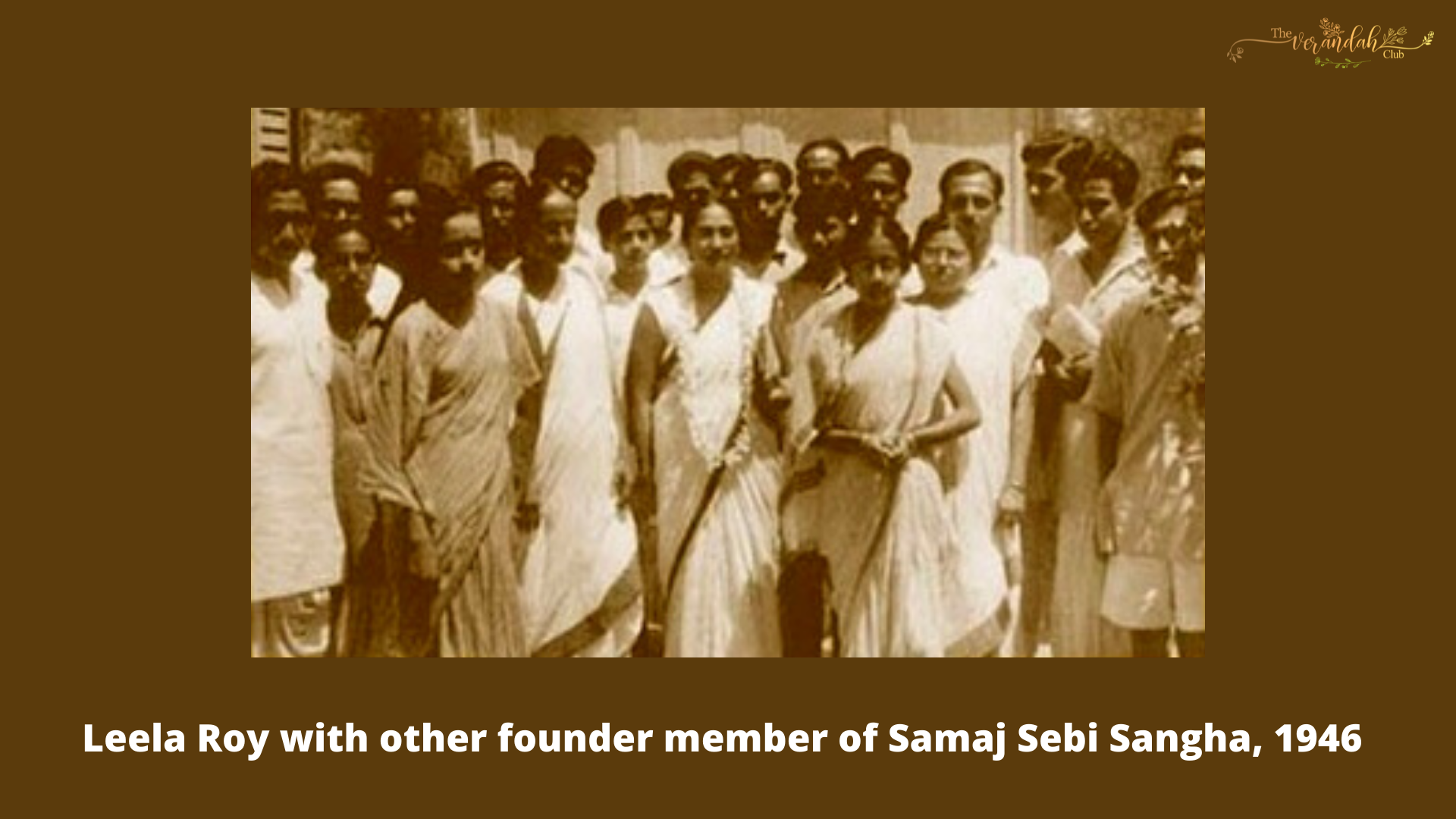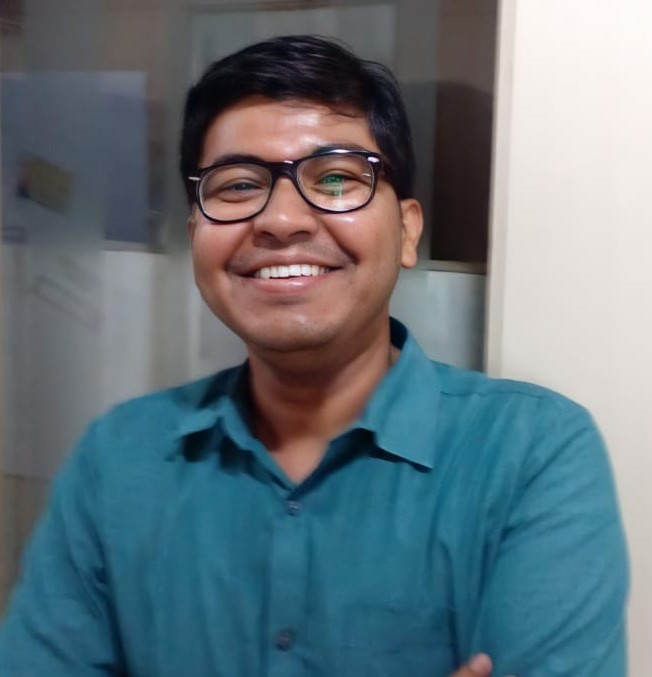THE PIONEER WHO LIVED FOR HER COUNTRYMEN
Nestled on the north-eastern corner of present day Bangladesh lies the beautiful lands of Sylhet. It was here in 1900 a girl was born in a middle class family. She was named Leelaboti, affectionately called Leela.
Her father was a civil servant, and focus was placed in the family on education. Right from her early days, Leela Nag showed marked aptitude in her studies. She grew up in British Calcutta and completed her graduation in English with honors from Bethune College. She stood first in the examination and was awarded the Gold medal.

Shortly after, Leela’s father transferred to Dhaka, and a problem arose. The Dhaka University was not coeducational and despite her impressive record, Leela was denied a place there. But she refused to accept it and kept petitioning the university authorities. Finally, Vice Chancellor Philip Hartog gave her an exceptional approval and Leela Nag made history by becoming the first female graduate from Dhaka University. In 1923, she earned her M.A. in English.
Even while studying for her Masters, Leela’s deep sense of responsibility for her countrymen had become evident. In 1921, Subhas Chandra Bose was collecting funds for relief of the victims of the Bengal floods. Leela formed the Dhaka Women’s Committee and raised funds and relief materials for the flood victims. When Bose visited Dhaka, Leela met him to hand over the collections. It would be the start of a lifelong association for her.
After completing her education, Leela devoted herself to the cause of women’s education and empowerment. It was a cause close to her heart and over the coming years, she would be instrumental in the establishment of a number of institutions focused on not just formal but also vocational education for women.

In 1923, fresh out of university, Leela Nag founded Deepali Sangha – a focal entity devoted to women’s education. Under the banner of Deepali Sangha, Leela started her first school – named Deepali School. 12 more primary schools would follow – all providing free education to young girls. She also focused on education for Muslim women. One of her schools later became Qamrunnesa Girls’ School in Dhaka.
As secretary of Nikhil Banga Nari Votadhikar Samiti (All Bengal Women's Franchise Association), Leela Nag worked tirelessly to improve the socio-financial condition of Bengali women.
During this time, nationalistic sentiment was sweeping through Bengal, and armed resistance was on the rise. Many of the leaders of the armed resistance movement were against involvement of women in their activities. Leela strongly disagreed – she felt women needed to be equally involved and arranged for physical training and self-defense classes at Deepali Sangha. Pritilata Waddedar was trained at Deepali Sangha.

1931 was a landmark year in Leela’s life. She started what would be the first magazine edited, managed, and wholly contributed by women writers. For this venture, none other than Kabiguru Rabindranath Tagore blessed her and he also gave the name for the magazine – Jayasree.
Leela was also a member of a revolutionary group called ‘Shri Sangha’. She helped the revolutionaries multiple times, often acting as conduit and messenger. As attacks on women grew, in 1928, Leela set up the ‘Mahila Atma Raksha Fund' (Fund for women's self-defense), one of the first martial self-defense groups in the region.
In 1931, when Anil Roy – the chief of Shrisangha – was arrested and sent to jail, Leela Nag took over the responsibility of running the organization. In December of that year, she was arrested for the first time.
When Gandhi launched the famous Salt satyagraha, Leela formed the 'Dhaka Mahila Satyagraha Committee' and led the movement there. In 1932, Leela was arrested for taking part in the Civil Disobedience movement and spent the next 6 years languishing in prison. After her release, she was nominated to the National Planning Committee of the Congress by Subhas Chandra Bose – then the president of the INC.
A year later, Leela married Anil Roy. Shortly after, Subhas Chandra quit the INC after falling out with Gandhi and formed the Forward Bloc. Leela and Anil decided to follow their mentor and joined the Bloc. Leela became the editor of the Bloc’s mouthpiece.

In 1941, when Dhaka saw communal riots, Leela Roy, along with Sarat Chandra Bose, formed the Unity Board and National Service Brigade to improve relationships between communities and provide relief to riot victims.
A year later, both Leela and Anil were arrested for taking active part in the Quit India movement and would remain imprisoned till 1946. After her release, Leela was elected to the Indian constituent assembly from Bengal. She contributed to the drafting of the Constitution of India.
After the deadly riots in Calcutta in August 1946, Leela set up several homes to provide relief to riot victims, especially women. In the lead-up to independence and partition, some of the worst riots happened at Noakhali in East Bengal. While Gandhi’s much publicized visit to Noakhali to restore peace is well known, what is forgotten today is long before Gandhi’s arrival, Leela Roy had reached the place and opened up a relief center.
Into her late forties by then, Leela covered more than 90 miles in 6 days, entirely on foot and rescued 400 women from the worst fate. In all, she set up 17 relief camps in Noakhali.
After independence, she settled in Calcutta and devoted her entire time and energy to helping refugees from East Bengal, particularly women and children. She remained actively involved in politics and in 1960, became the president of a new entity after the merger of the Forward Bloc (Subhasist) and the Praja Socialist Party. However, just two years later, disillusioned with the state of affairs and quit politics.
Leela Roy breathed her last in 1970, her final years spent in relative obscurity. In 1985, an ascetic named Bhagwanji a.k.a Gumnaami Baba passed away in Faizabad. Among his papers were found several communications with Leela Roy. The letters revealed that Leela kept in touch with Bhagwanji right up to her death and aided him throughout. It has been speculated that Bhagwanji was none other than Netaji Subhas Chandra Bose in disguise.
Leela Roy (Nag) devoted practically her entire life in service of her nation and her countrymen. Yet, she has practically been forgotten today by both the country and its citizens.
Reference: https://en.banglapedia.org/index.php?title=Nag,_Lila

Based out of Kolkata, Trinanjan is a market researcher by profession with a keen interest in Indian history. Of particular interest to him is the history of Kolkata and the Bengal region. He loves to write about his passion on his blog and also on social media handles.
NEXT ARTICLE

At the southernmost tip of this mesmerising ensemble lies the majestic Great Nicobar Island, boasting an impressive landmass of about 910 square kilom...

Bharath has always been a land traversed by spiritual masters/ Guru since time immemorial. These spiritual masters have always upheld the core princip...

South India contains its fair share of unique pilgrimage centres. These divine places of worship have a prominent Sthala Purana, devoted followers, di...